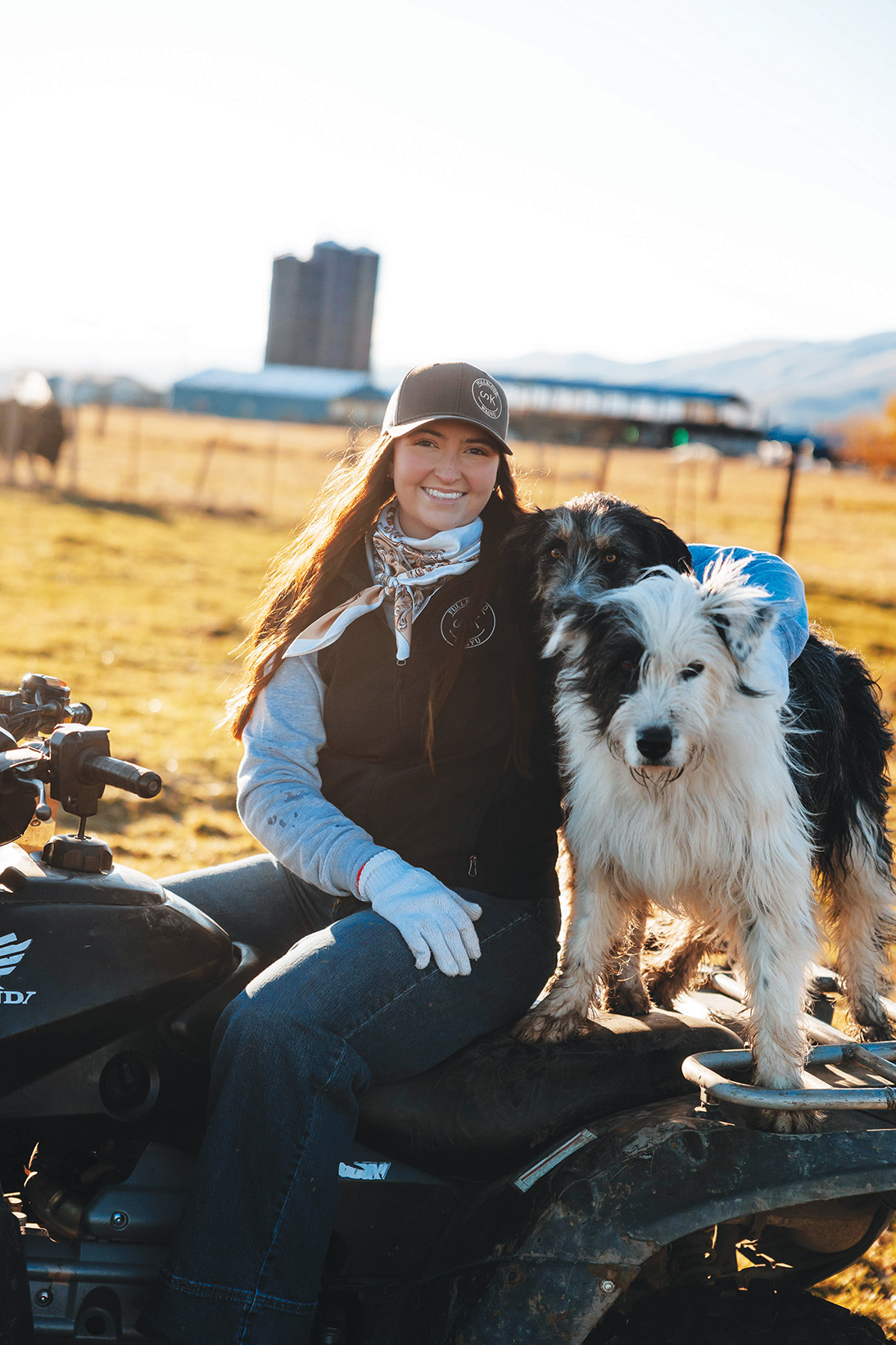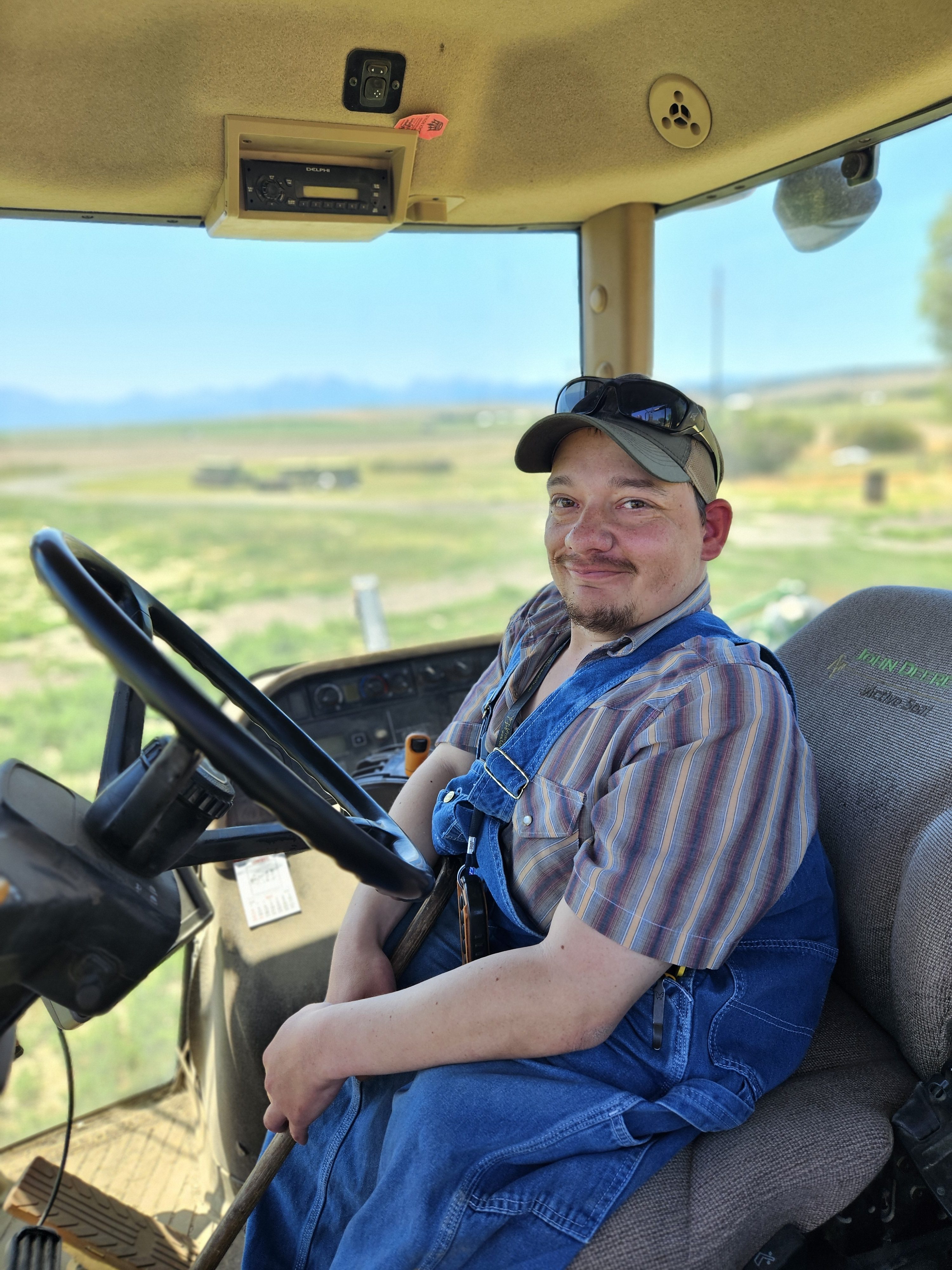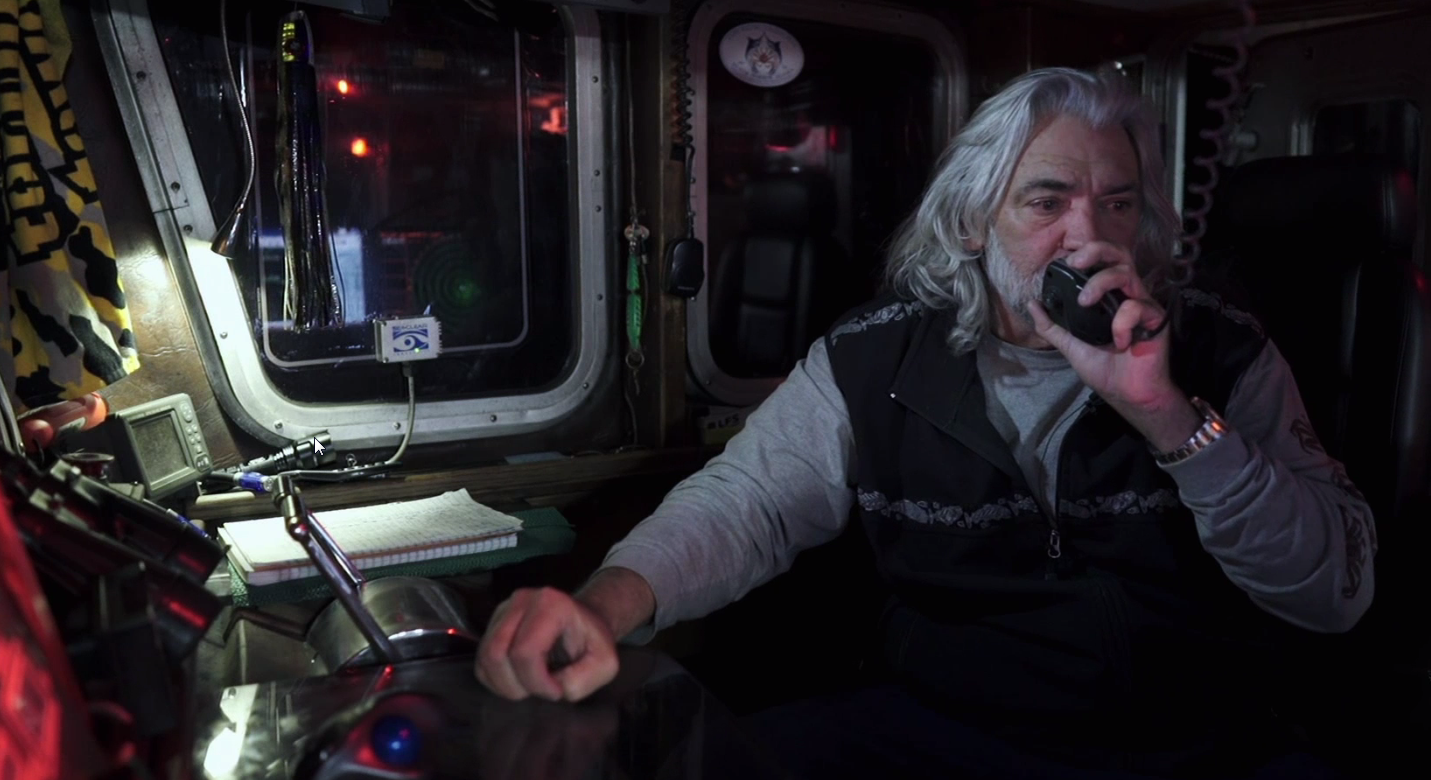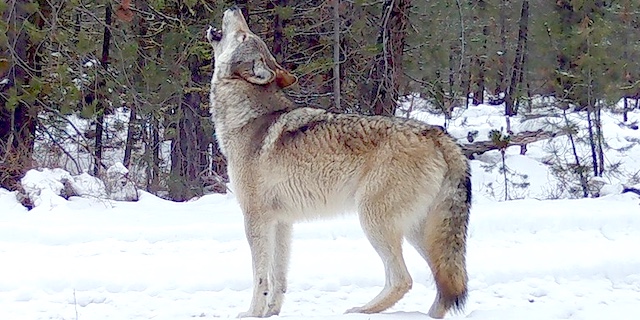‘90-Day August’
Published 2:24 pm Friday, July 23, 2021
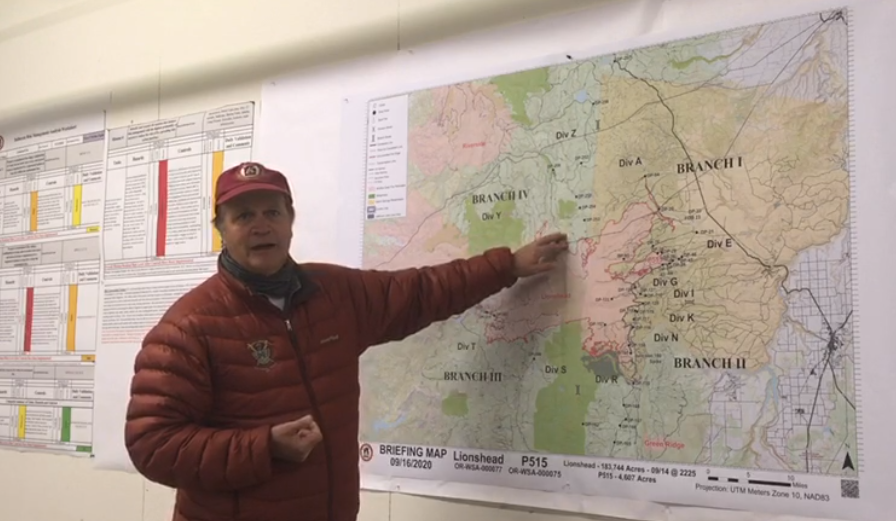
- Noel Livingston
Noel Livingston slides the cursor across the charts on his computer screen and what he sees, lurking behind the zig-zagging lines and the multiple colors, is trouble.
Trending
Wildfire trouble, to be specific.
Livingston, who is the fire management officer for the Wallowa-Whitman National Forest, focuses on two lines in particular — a pair of lines for each of six regions on the forest, ranging from different types of forests to the grasslands of Hells Canyon.
One line, rendered appropriately in bright flame red, depicts the highest daily measurements, from 2010-19 on the Wallowa-Whitman, of a statistic known as the energy release component. A computer model considers the moisture level in wildfire fuels, as well as temperature and humidity, to project how much energy a fire would release — in effect, how rapidly flames would spread on a given day.
Trending
But it’s the second line, a series of brown dots, that worries Livingston.
Because that line represents current conditions, not those of past summers.
It tracks the daily energy release component readings for 2021. And for most of July, in each of those six regions, the brown dot line has been higher on the chart than the bright red line.
In some cases the brown dot was higher than the red line has ever been.
Which is to say, the energy release component has been breaking daily records with a regularity that’s frightening for Livingston and other fire managers.
“That’s what’s got us on the edge of our chairs,” Livingston said during a video conference with reporters on Thursday afternoon, July 22. “We’ve got a long summer ahead of us.”
With the energy release component at record-setting levels, every fire has a higher-than-average potential to turn into conflagration before firefighters arrive, Livingston said.
Crews have doused most blazes on the Wallowa-Whitman pretty rapidly, with a majority of the 36 blazes this season burning less than one acre.
But the statistics don’t tell the entire tale, Livingston said.
“The fires that we are dealing with are showing a high resistance to control,” he said. “We’ve been successful for the most part but it’s taking a lot more resources on initial attack to do so.”
For instance, Livingston said some lightning-sparked blazes — the ignition source for about 80% of fires historically on the Wallowa-Whitman — that in a typical summer would pose no great challenge for one fire engine crew, this year are requiring two or three crews.
Fortunately, Livingston said, almost all of the Wallowa-Whitman’s firefighters are here and ready to fight local fires, rather than assigned to fires elsewhere in the state or region.
“We’re where we want to be in terms of resources on hand,” he said.
Livingston said the Wallowa-Whitman has also bolstered its firefighting capability by having three bulldozers on contract, as well as additional aircraft.
The ‘90-day August’
The recent record-high energy release components are disturbing not only based on the sheer numbers, Livingston said, but also the timing.
Starting in late June, when an historic heat wave descended on the Northwest, energy release components on parts of the Wallowa-Whitman didn’t merely set daily records — they exceeded many previous daily highs for August.
“We’ve been seeing August-like conditions since late June,” Livingston said.
That prompted a term that Livingston has adopted, but was quick to credit to a colleague, Matt Hoehna, unit forester at the Oregon Department of Forestry office in Pendleton.
“90-day August.”
In other words, fire managers who are accustomed to fire danger that peaks during August and lasts for perhaps a month or six weeks, in 2021, due to its abnormally early start, has the potential to extend for three months.
Or even more.
Livingston said fire danger, as expressed by the energy release component, tends to be cumulative, because logs, limbs and live grasses and shrubs all tend to become drier as summer progresses and the weeks with little or no rainfall accumulate.
That’s the reason that in most parts of the Wallowa-Whitman, August has the highest average daily energy release component, even though July, in many years, has higher average temperatures.
Unless a major shift in the weather pattern brings much cooler temperatures and widespread rain to the region — and meteorologists aren’t forecasting anything like that — Livingston said he expects the energy release component will continue to run near, or above, the all-time daily records.
Forest restrictions
The prospect for a prolonged period of extreme fire danger is a primary reason that Wallowa-Whitman officials enacted the most stringent public use restrictions — Phase C — on July 16. In most summers over the past decade the Wallowa-Whitman either never reached that level, or did so in August.
In 2020, for instance, another abnormally dry summer, the Wallowa-Whitman imposed Phase C on Sept. 12 — and reverted to the less-restrictive Phase B on Sept. 25.
The neighboring Umatilla National Forest, meanwhile, took the rare step of closing the entire 1.4-million-acre forest to public entry starting July 16.
According to a press release from the Umatilla, that decision was due not only to extreme fire danger, but also because three large fires were already burning on the forest.
Livingston said the current situation with active fires, which take up some of a national forest’s firefighting capacity, is one factor in any discussion among forest officials about potentially closing the entire forest to the public.
Wallowa-Whitman officials aren’t having that discussion now, Livingston said.
But they are exquisitely aware that such a conversation could well be necessary before autumn.
Livingston said two key factors, when it comes to the prospect of closing a forest to the public, are whether forest officials are confident that they have sufficient resources to deal with a new, rapidly growing fire, and how high the risk of human-caused fires is.
As he mentioned during the Thursday afternoon video conference, Livingston said the Wallowa-Whitman is well-prepared to deal with new fires now.
As for the risk of human-caused fires, all campfires are banned under Phase C, and Livingston said he has taken the unusual step of having fire engine crews, which usually don’t patrol in the evenings, visiting campgrounds and other popular recreation spots at night to check for illegal fires.
Over the past week, firefighters have reported eight illegal campfires on the Wallowa-Whitman.
“We’re trying to stay on top of that,” Livingston said.
One policy that has been postponed this summer on the Wallowa-Whitman is the practice of allowing some lightning-caused fires to burn naturally in the Eagle Cap Wilderness. Blazes in the 365,000-acre wilderness — Oregon’s largest — can benefit the land by reducing fuel loading.
In 2019 the Granite Gulch fire burned more than 3,000 acres in the Eagle Cap, the largest such blaze since the Forest Service instituted the policy about 25 years ago.
“That’s not a risk we’re going to take this year,” Livingston said.


